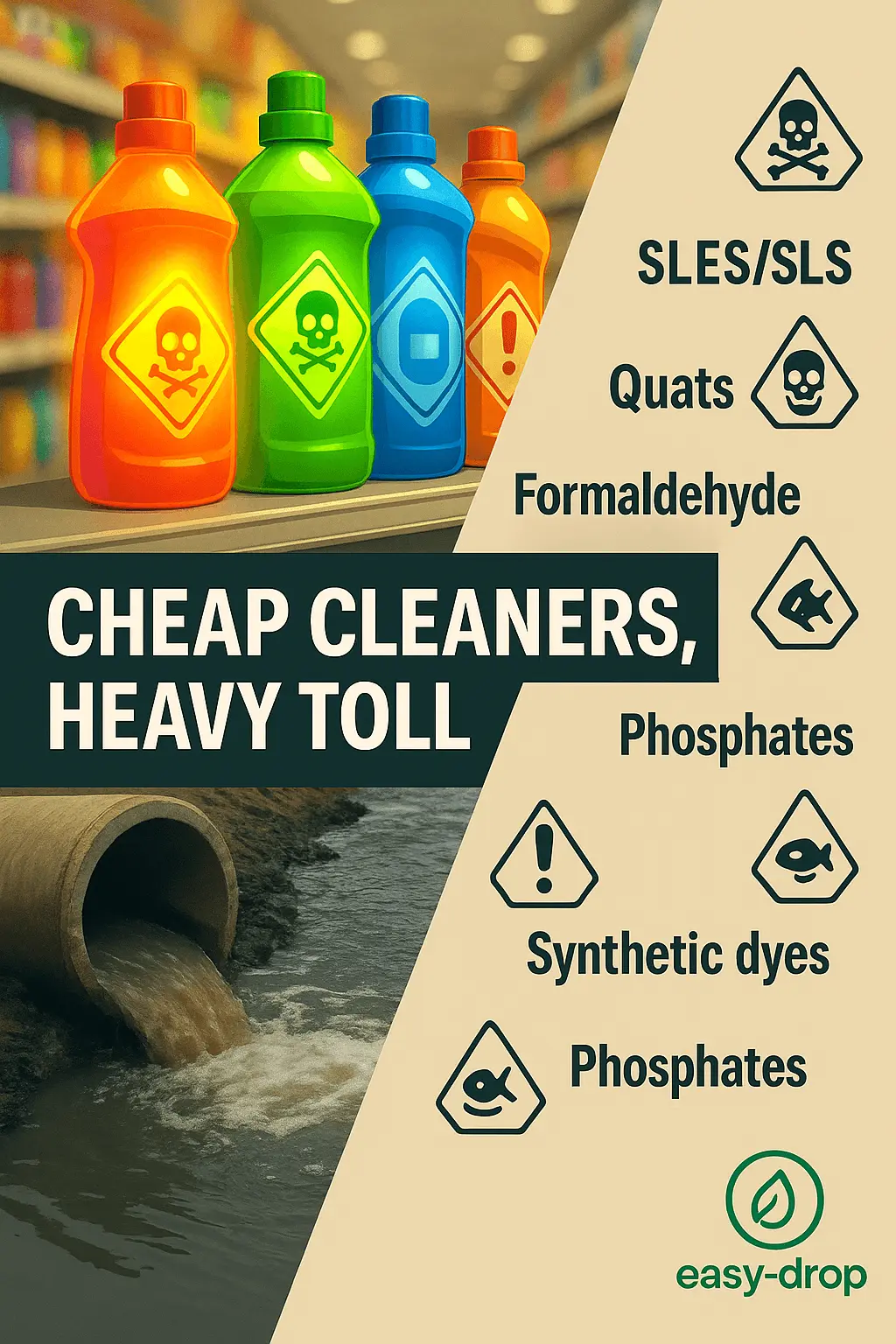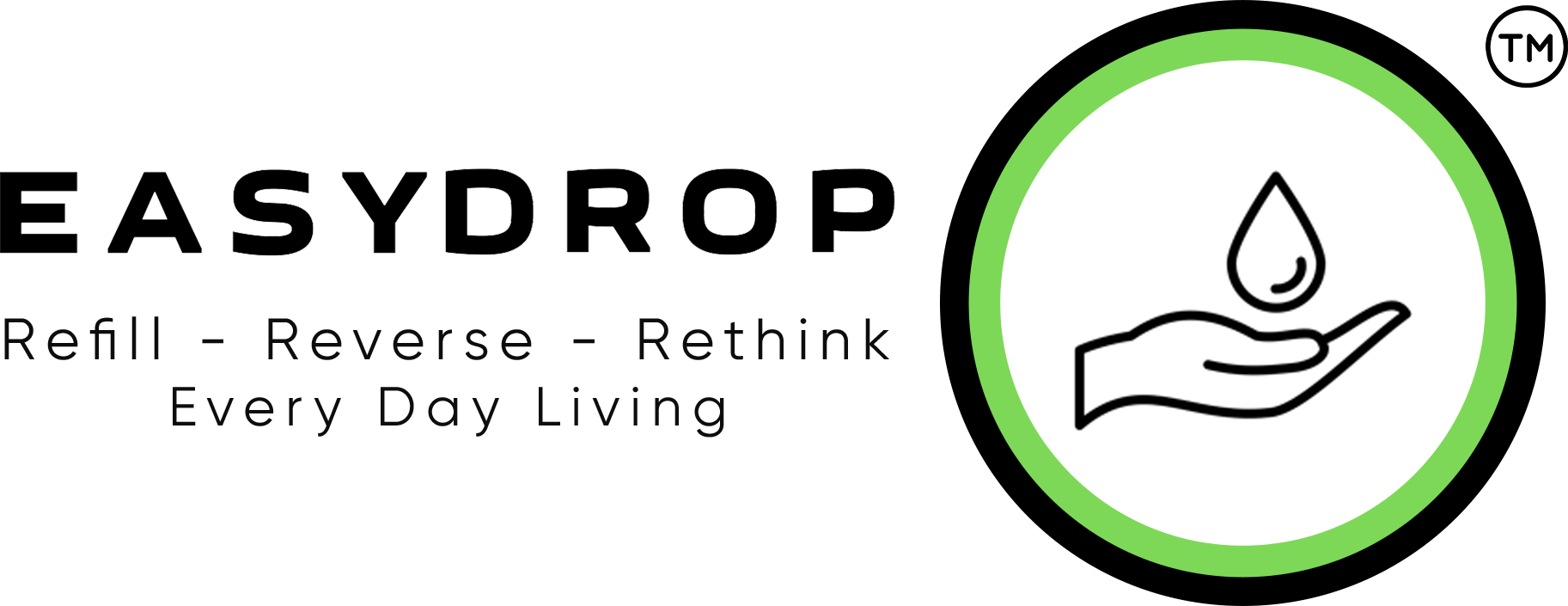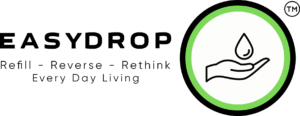The Hidden Price of Mainstream Cleaners

Mass-market cleaning giants keep shelves full and prices low, but the ingredients that make their formulas cheap can carry a heavy cost for health and waterways.
A Cocktail of Cost-Cutting Chemicals
- Sulfates (SLES/SLS) – Petro-based foaming agents that strip oils, trigger skin irritation, and show chronic aquatic toxicity at just 2 mg L⁻¹
- Quaternary Ammonium Compounds (Quats) – Widely used “99.9 % germ-kill” disinfectants linked to asthma, antimicrobial resistance, and toxicity to fish and invertebrates.
- Formaldehyde-Releasing Preservatives – DMDM hydantoin, Bronopol, and friends leach small doses of a WHO-classified human carcinogen into every squeeze.
- Synthetic Dyes CI 19140 & 42090 – Petroleum-derived colours that linger in wastewater and add nothing except marketing gloss.
- Phosphates – Still found in some laundry and dishwasher detergents; they fertilise algae blooms that choke lakes and rivers.
- 1,4-Dioxane By-product – A probable carcinogen detected in leading detergents such as Tide, Gain, and Ivory Snow; it slips past most treatment plants straight into drinking-water sources.
Why Big Brands Stick With Them
- Raw-material economics: Petroleum-derived surfactants and synthetic additives cost pennies per kilo, while plant-based alternatives can be 2-3 × higher at factory gate.
- Shelf-life & logistics: Strong preservatives and disinfectants keep products stable for years—ideal for global distribution, problematic for sensitive skin.
- Marketing optics: Suds, bright colours, and “hospital-grade” germ claims sell fast, masking the unseen environmental tab each bottle runs up.
Environmental Fallout
- Aquatic toxicity: Even after wastewater treatment, quats and surfactant residues accumulate in sludge or pass to rivers, harming fish gills, disrupting algae, and altering microbial balance.
- Eutrophication: Phosphate runoff fuels algal blooms, suffocating waterways and creating dead zones.
- Bio-persistence: Synthetic fragrances and dyes resist breakdown, adding to a growing load of micro-pollutants scientists now detect in tap water and marine life.
The Easy-Drop Difference
- Plant-Powered Actives: Coconut- and saponin-based surfactants clean effectively without harsh residues.
- Zero-Waste Refill Model: Smart dispensers and bottle-rotation subscriptions slash single-use plastic.
- Price Parity Through Efficiency: Cutting packaging, transport, and retail mark-ups lets Easy-Drop match—or beat—chemical rivals on shelf price, proving sustainability doesn’t have to cost more.
Bottom line: The low sticker price of a mainstream cleaner hides a trail of hidden costs—irritated skin, polluted waterways, and a planet paying the difference. Easy-Drop cleans smarter so you can waste less and truly save more.
Easy Drop Subscription Models – Conscious Consumption: Every Drop Is a Decision
Picture a typical cleaning routine: you twist a cap, pour, scrub, and—almost without thinking—toss another rigid plastic bottle into the “recyclables” bin that rarely gets recycled. That tiny gesture ripples far beyond the kitchen sink. It is a vote for the kind of world you, your children, and your city will inherit.
No wonder 83 % of Indian shoppers now weigh packaging impact before they buy, and nearly half already steer their carts toward greener options.
Yet the math behind “buy-and-bin” is brutal. Up to 40 % of a supermarket cleaner’s price pays for virgin plastic, labels, and others. Easy Drop deletes those costs. Switch a detergent and a floor cleaner to our two-bottle home loop and, in five years, one family stops 148 bottles—7 kg of polymer—from ever existing while saving about 30 % per litre. Refills arrive on demand, each bottle tagged, steam-sterilised, and ready.
Live in a big complex?
A single Easy Drop smart dispenser shared by 50 households erases 4,500 throw-away bottles and returns another 10 % in bulk savings every year. What feels like a private swap becomes civic action: lighter garbage trucks, clearer lakes, a smaller carbon bill for all.
That’s why Easy Drop is built on three verbs:
- Refill – pay only for the active ingredient, not the disposable shell.
- Reverse – pull each container back, sanitise, and send it out again.
- Rethink – see cleaning not as a compulsory purchase but as a circular service.
“Subscribe” – Every refill thereafter is frictionless proof that a spotless home need not scar the planet. One simple switch, and your daily routine joins a city-wide movement, “trading plastic mountains for a lighter, brighter Bengaluru”. Conscious living isn’t sacrifice; it’s smart economics with a cleaner conscience.

